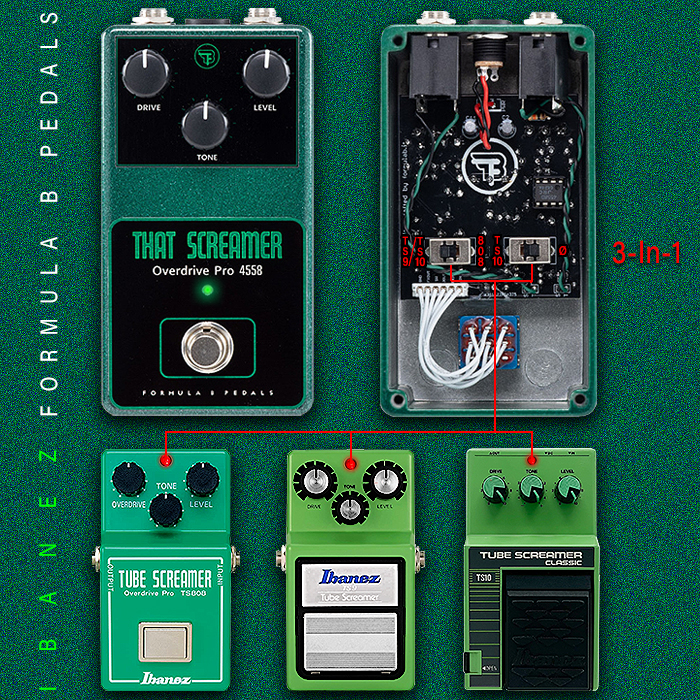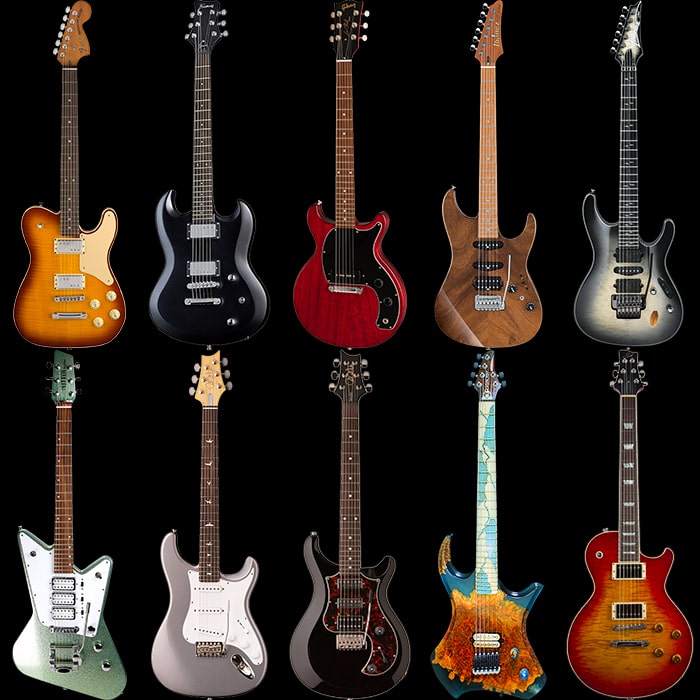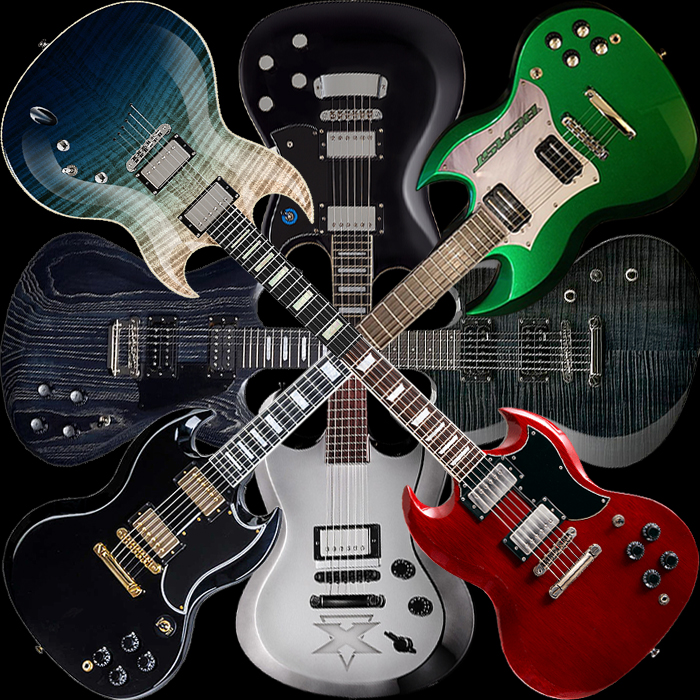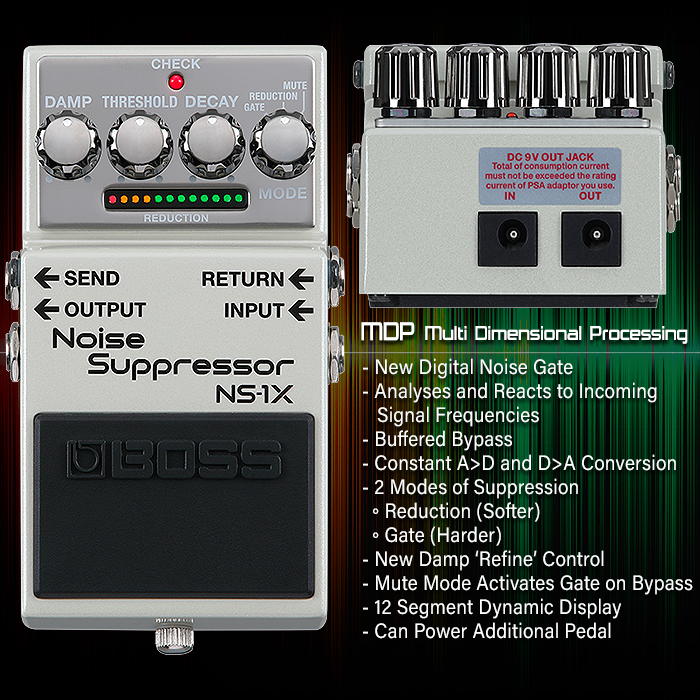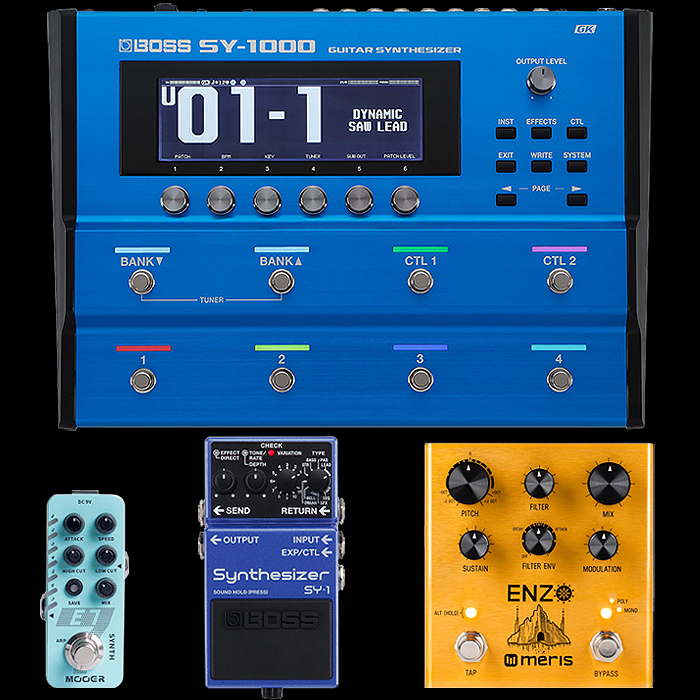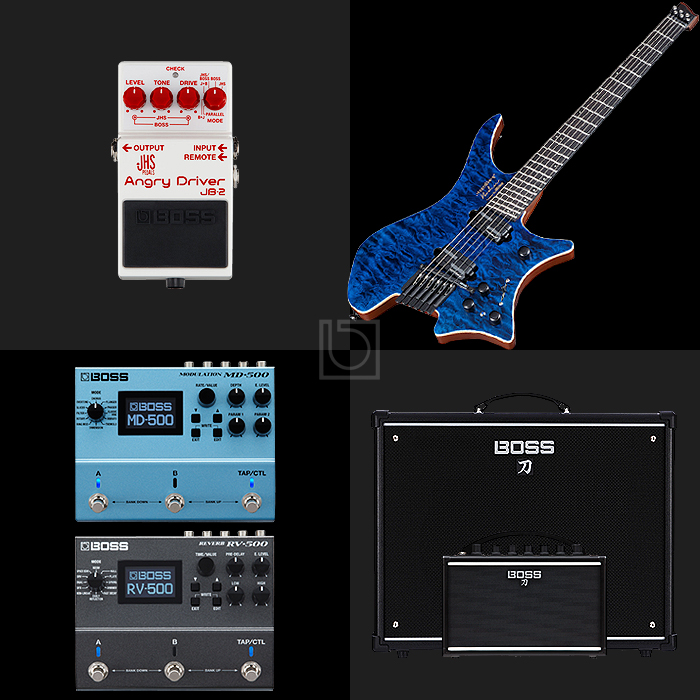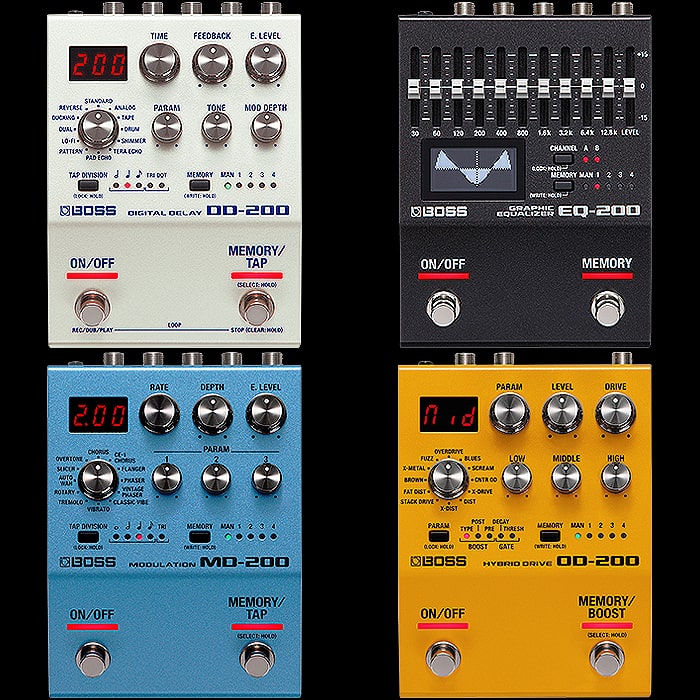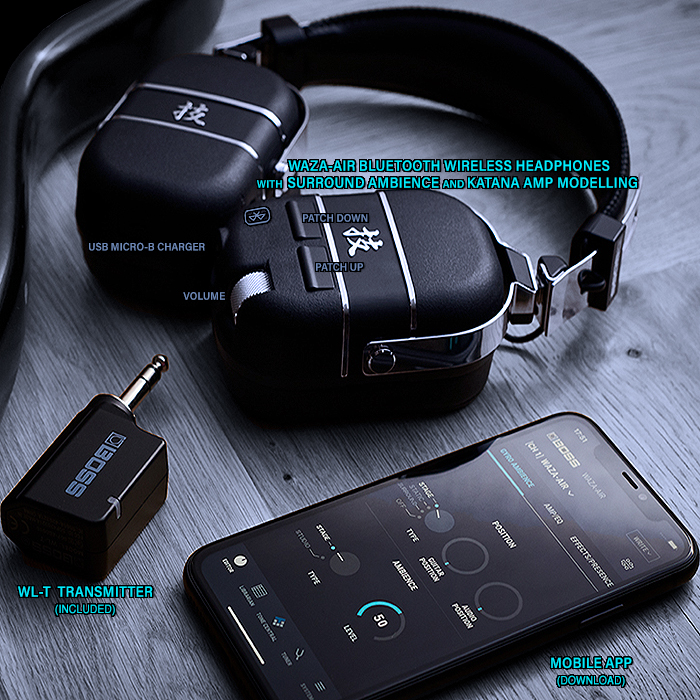Boss Evolves and Expands Wireless Technology first seen on Katana Air Amp

Following on from the launch of the wireless transmitter for the Katana Air Amp, Boss now makes that same technology available to everyone via 3 different offerings. I myself have long been a wireless user, and have been using a Line 6 Relay G10 for these last few years.
Boss’s innovation here is two-fold really, compared to my G10 - they have introduced the base-station receiver half in compact pedal format - for the WL-50 version. The second innovation is something called ’Cable Tone’ which simulates the high-end roll-off capacitance you get for 10 ft of a traditional guitar cable. On the WL-50 you have a 3-way switch where you can set Cable Tone to Long (c10ft), Short (c3ft) or Off. On the WL-20 compact receiver the Cable Tone 10ft / Long setting is on by default, while it’s absent from the WL-20L version which is intended more for Bass and Acoustic Guitars.
In each version the WL-T transmitter unit is identical - you really just get a choice of receivers here. This for me is a somewhat more elegant solution than that provided by either Line 6 or Xvive who both have notable solutions in this area.
Both the Transmitter and Receiver have Micro-USB ports for charging, while you can also plug the Transmitter into the receiver to charge both simultaneously. My preference here would really have been that the WL-20 had a 3-way switch on the unit to switch between Cable Tone options - but since I want those options, I would have to go for the WL-50 Pedal version.
Wireless range is approximately 20 meters which is plenty, and full charging takes 3-4 hours depending on charging method and yields circa 10-12 hours playback time.
Details as follows:
Boss WL-50 Compact Pedal Wireless System with 3-way 'Cable Tone' switch - £179
This has the receiver in the compact pedal format with 3-way Cable Tone option switch at rear - takes circa 3 hours to charge included transmitter.
Boss WL-20 Compact Wireless System with built-in 'Cable Tone' -£159
Here the receiver has the 10ft Cable Tone option built in, but no switching options - charging both units together takes circa 4 hours.
Boss WL-20L Compact Wireless System without 'Cable Tone' - £159
This is the neutral receiver option with no Cable Tone signal processing, so intended for Acoustic and Bass guitars which don't need high frequency roll-off.
Boss WL-T Transmitter - £85
The cheapest long-term solution is actually to go with the slightly dearer WL-50 pedal base station / receiver - as you only have to charge the Transmitter. Meaning you only need to buy replacement transmitters in the future. While if you buy the more compact units - which have rechargeable batteries on both sides - you will need to replace them as pairs! So even though size-wise the more compact offerings look to be the smarter choice, the long-term smart choice is to go with the WL-50 - so that's decided then!
Final Thoughts
What sets Boss apart from most companies in this sector is its product innovation - it always seems to provide just a slightly neater solution to the same challenge and add one or two extras on top. This is probably the neatest wireless guitar offering currently available, although I am not immediately in the market for one such, as my exiting Line 6 G10 works fine for me right now.
I already have a Katana Air Amp in my sights - probably for Christmas or early next year, so that will be my first proper experience of this. Also when I do come to needing to replace my G10 in a couple of years or so I would be most likely to go for one of these Boss offerings listed here. For what I want I would have to get the Compact Pedal version right now, but hopefully there will be one or more receiver options available by then - with switchable options on those units.
As with any battery-related device the charge hold decreases over time, so there really is a limit on the battery unit of these devices - probably around 5 or so years - meaning that units will need to be replaced at that sort of interval. The freedom of playing without cables though makes it all worthwhile. I have Mogami instrument cables also, and the difference in tone between wireless and traditional cable it pretty much indistinguishable - I really don't see why most players don't check out wireless systems as they make for much more convenient playing and maintenance - there's also actually less 'movable' parts as such and you don't experience any of the myriad issues you can get with traditional cables. All the time I've been using my G10 - my guitar signal has been consistently trouble-free and pristine!











